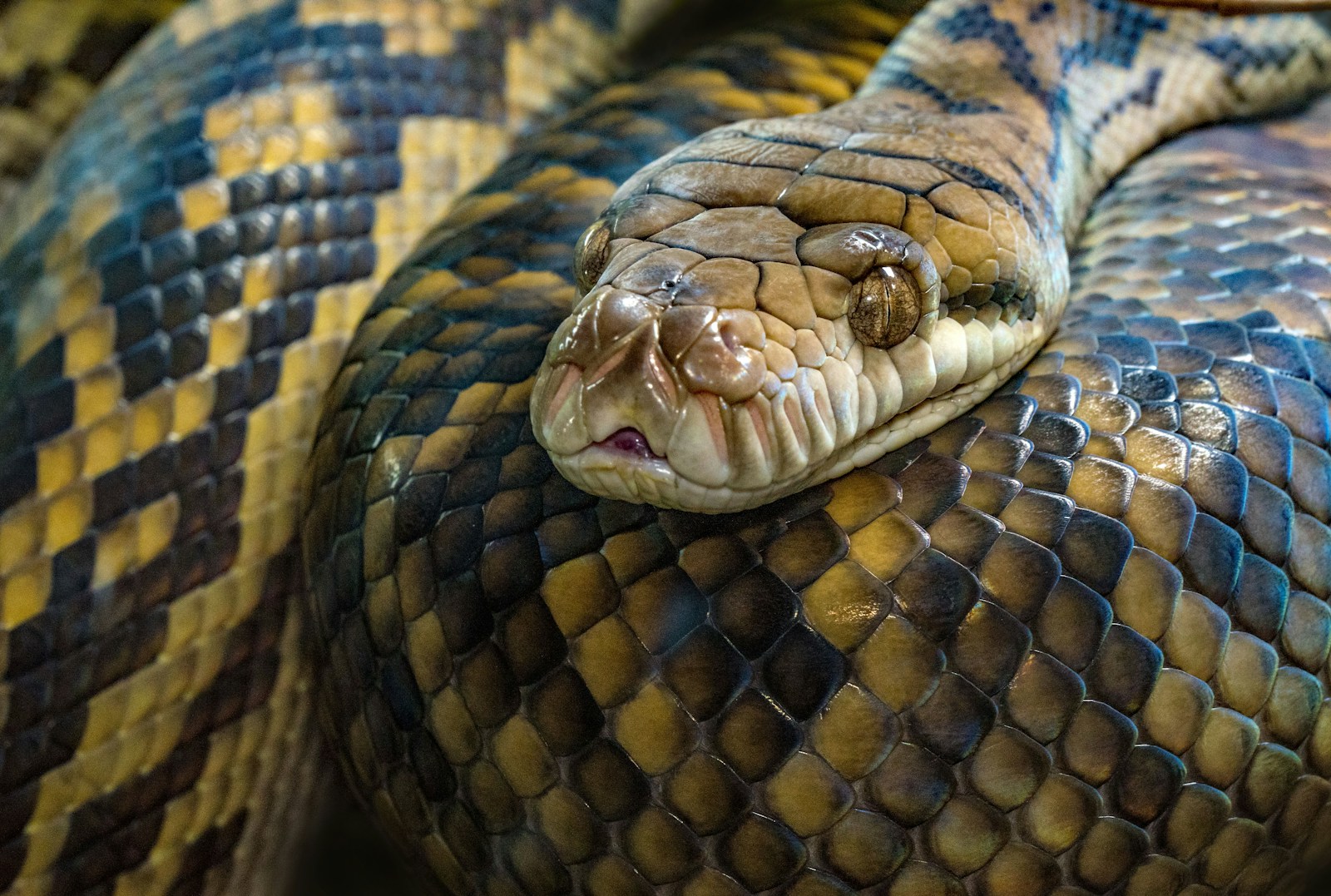When it comes to survival in the animal kingdom, deception can be a powerful tool. Among the most fascinating practitioners of this art is a snake known for its theatrical death performance followed by a surprising strike. This behavior, scientifically termed thanatosis or death feigning, represents one of nature’s most remarkable defensive strategies. The hognose snake, particularly the Eastern hognose (Heterodon platirhinos), has mastered this dramatic performance to such a degree that it has earned nicknames like “drama queen” and “puff adder” among herpetologists. Let’s explore this remarkable reptile and its startling survival tactic that has fascinated scientists and nature enthusiasts alike.
The Master of Deception: Introducing the Hognose Snake
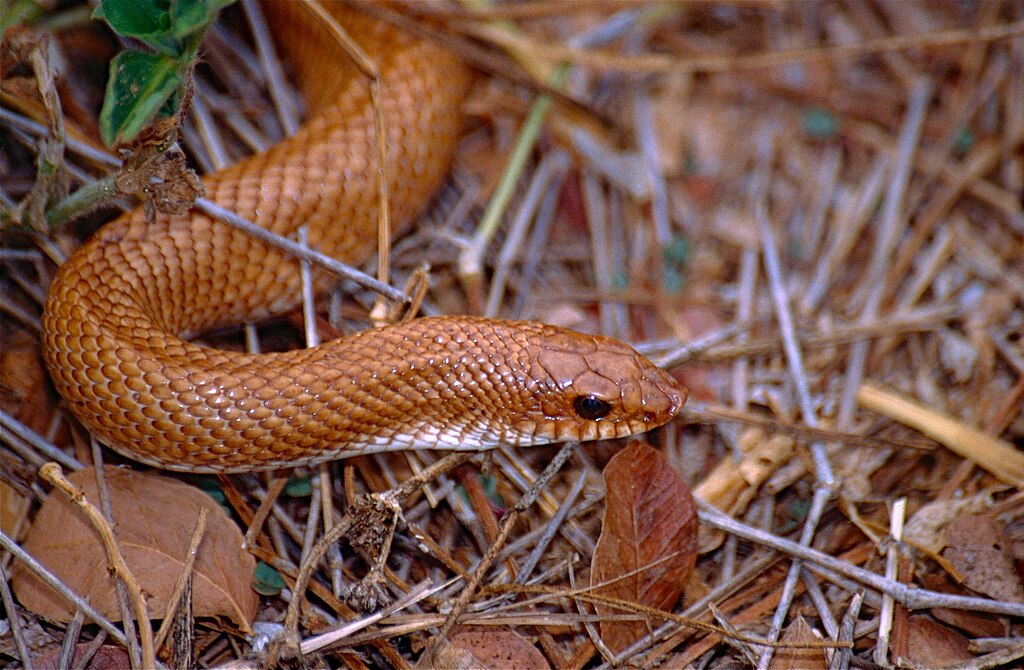
The hognose snake, primarily found in North America, is the most well-known practitioner of the death-feigning behavior that often culminates in a surprise strike. Several species exist within the Heterodon genus, including the Eastern, Western, and Southern hognose snakes, all sharing this remarkable defensive capability to varying degrees. These snakes are medium-sized, typically reaching lengths between 20-33 inches, with distinctive upturned snouts that give them their “hog” name, used for digging in loose soil. Their coloration varies widely from yellow and brown to gray and black, often with dark blotches along their bodies, providing excellent camouflage in their natural habitats. While venomous to their amphibian prey, hognose snakes are considered harmless to humans, making their elaborate defensive display all the more intriguing as a non-lethal survival strategy.
The Evolutionary Advantage of Playing Dead
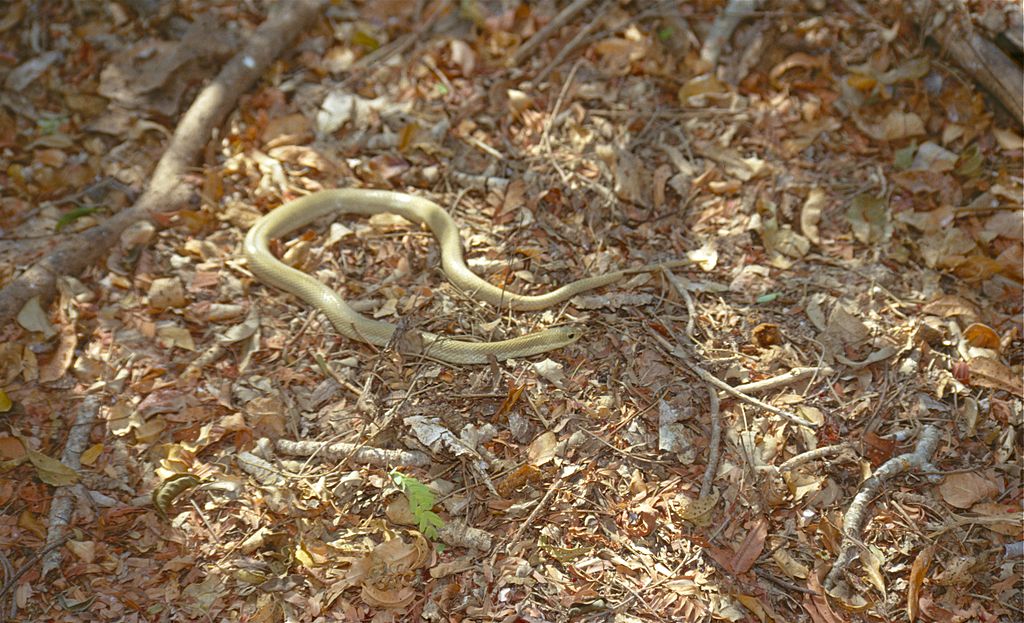
Death-feigning behavior has evolved in several animal species as an effective survival mechanism against predators that prefer live prey. For the hognose snake, this theatrical performance represents millions of years of evolutionary refinement, helping these relatively slow and non-venomous (to humans) snakes survive in environments with numerous predators. Research suggests that many predators, including birds of prey, larger snakes, and mammals, instinctively lose interest in prey that appears dead, as they seek the nutritional advantages of fresh kills and avoid potentially diseased carrion. Evolutionary biologists have noted that this behavior is most common in species that lack other effective defensive mechanisms like potent venom or impressive speed. The hognose snake’s elaborate death performance, combined with its occasional striking after “resurrection,” represents an evolutionary masterpiece that has helped the species survive across diverse North American habitats for countless generations.
The Three-Stage Defense Strategy
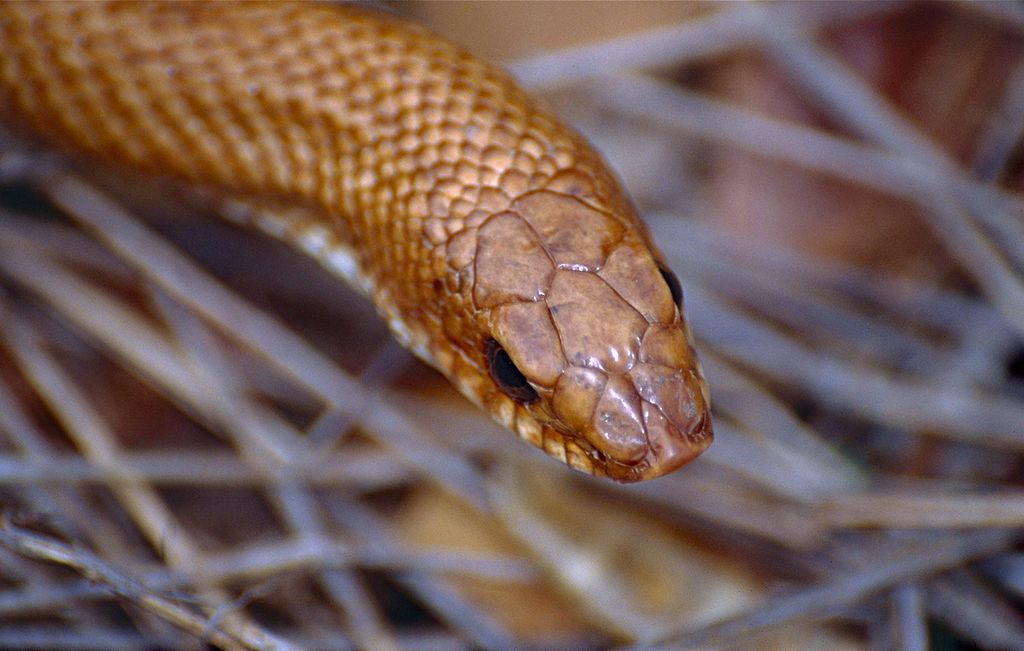
The hognose snake employs a fascinating three-stage defensive repertoire when threatened, escalating its performance based on the persistent nature of the threat. Initially, when confronted by a potential predator, the snake will flatten its neck and head similar to a cobra, hissing loudly while making mock strikes with a closed mouth—a behavior that has earned it the misnomer “puff adder” in some regions. If this intimidation display fails to deter the threat, the snake progresses to the second stage: an elaborate series of writhing contortions, often appearing to be in severe distress or experiencing seizures. The final and most dramatic stage occurs when the snake rolls onto its back, opens its mouth, extends its tongue, and releases a musky-smelling substance from its cloaca, creating a convincing impression of decomposition. This three-tiered approach allows the snake to scale its defensive response appropriately, reserving its most energy-intensive performance as a last resort.
The Convincing Death Performance

The death-feigning act of the hognose snake is remarkable for its theatrical quality and attention to biological detail. Upon rolling onto its back—a position very few snakes would naturally assume—the snake’s body goes limp, its mouth gapes open with the tongue hanging out, and it may even leak small amounts of blood from its mouth in extreme cases. Perhaps most convincingly, the snake’s muscles stiffen in a manner resembling rigor mortis, and it releases excretions that produce a putrid smell mimicking decomposition. Herpetologists have documented these performances lasting from a few minutes to several hours, depending on the perceived threat level. Remarkably, if manually turned right-side up during this performance, the hognose will immediately roll back onto its back, committed to maintaining its deathly appearance until it perceives safety. The performance is so convincing that early naturalists often mistakenly believed they were observing actual deaths rather than elaborate mimicry.
The Surprise Strike: Fact vs. Fiction

While commonly believed that hognose snakes “resurrect” to strike predators that have been fooled by their death performance, this specific behavior requires clarification. Hognose snakes do indeed return to normal activity once a threat has passed, but they typically don’t immediately strike after playing dead—this would counteract the evolutionary advantage of the death-feigning behavior. Instead, the snake will cautiously “revive” when it perceives the coast is clear, first checking its surroundings by slightly moving its eyes or tongue before gradually resuming normal posture and movement. The confusion may stem from the snake’s initial defensive display, where it performs bluff strikes with a closed mouth before resorting to playing dead. These mock strikes, while intimidating, are rarely followed through, as hognose snakes generally prefer flight over fight when given the option. However, if continuously provoked during the initial defensive stage, a hognose may occasionally deliver a defensive bite, though this is uncommon and considered mild compared to truly venomous species.
Biological Mechanisms Behind the Behavior
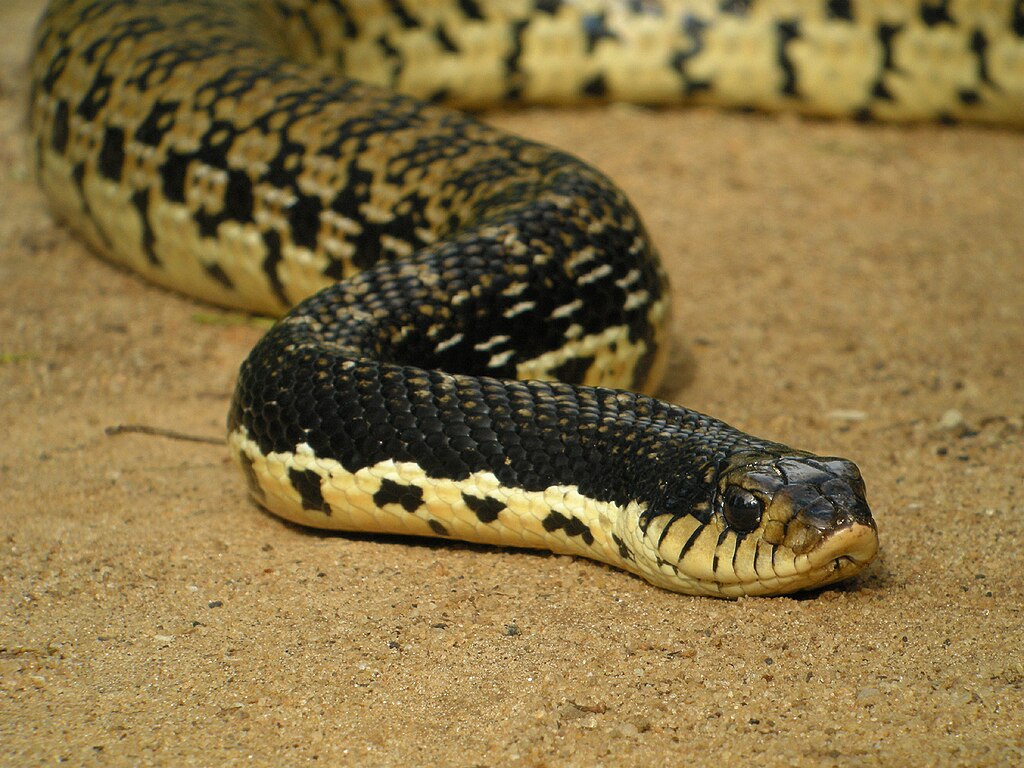
The physiological processes enabling the hognose snake’s convincing death performance involve complex neurological and hormonal systems that scientists are still working to fully understand. When threatened, the snake’s sympathetic nervous system triggers an extreme stress response, releasing adrenaline and other stress hormones that facilitate the physical manifestations of its act. During the performance, researchers have observed measurable decreases in heart rate and breathing, suggesting a form of self-induced bradycardia that contributes to the appearance of death. Brain activity studies indicate that the snake remains fully conscious throughout the display, continually monitoring its environment for signs that the threat has passed. The musky secretion released during death-feigning contains specific compounds that mimic the scent of decomposition, activating olfactory aversion in many predators. These biological mechanisms represent a remarkable example of how behavior, physiology, and biochemistry have evolved in concert to create an effective survival strategy.
Regional Variations in Performance

Interestingly, hognose snakes exhibit regional variations in their death-feigning behaviors, suggesting both genetic and learned components to this survival strategy. Eastern hognose populations from the southeastern United States typically display more elaborate and prolonged death performances compared to their northern counterparts, possibly reflecting higher predator diversity in southern ecosystems. Western hognose snakes (Heterodon nasicus) generally rely more heavily on their initial hissing and mock-striking display, resorting to death-feigning less frequently than their eastern relatives. Studies comparing captive-bred hognose snakes to wild-caught specimens indicate that while the basic instinct for thanatosis appears to be genetic, the threshold for triggering the behavior and its elaborateness can be influenced by early life experiences with predators. These regional and individual variations provide valuable insights into the evolution of defensive behaviors and how they adapt to specific ecological pressures across a species’ range.
Scientific Research and Observations
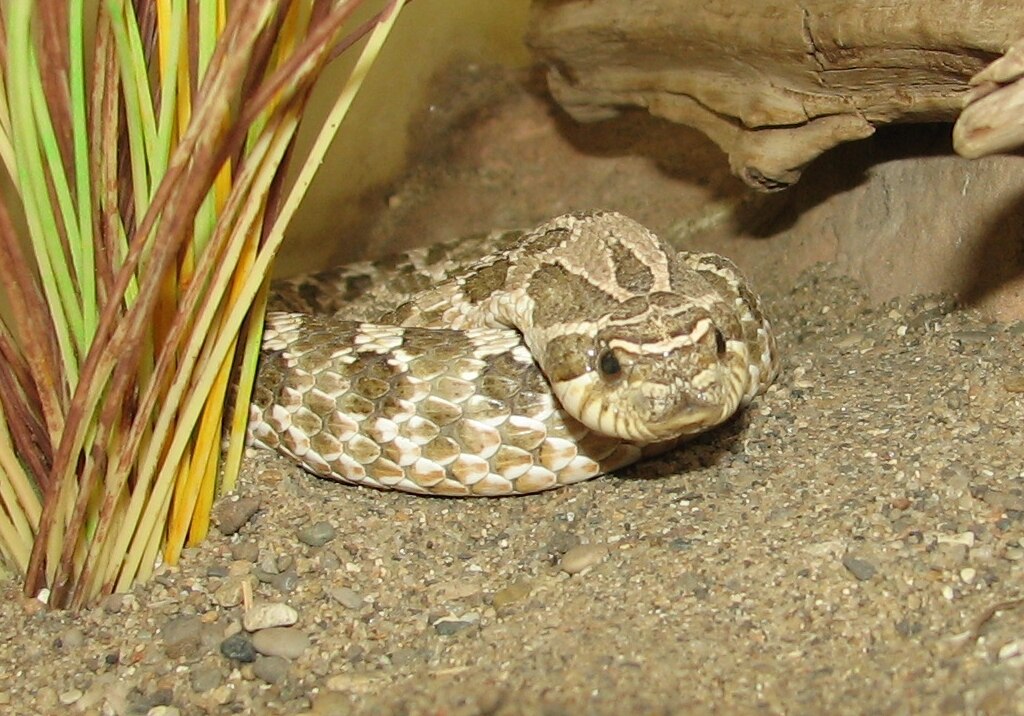
Scientific studies of the hognose snake’s death-feigning behavior have yielded fascinating insights into animal cognition and defensive strategies. In controlled laboratory settings, researchers have documented that individual snakes consistently show the same threshold for initiating the death performance, suggesting personality-like behavioral traits within the species. Biologist Dr. Gordon Burghardt, a pioneer in reptile behavioral studies, has conducted extensive research showing that younger hognose snakes typically resort to death-feigning more quickly than adults, who tend to rely more on intimidation displays before playing dead. Video analysis of the death performance reveals subtle differences in execution between individuals, similar to behavioral signatures, with some snakes emphasizing the writhing phase while others move more quickly to complete stillness. Recent research using infrared imaging has also revealed that snakes maintain temperature regulation during death-feigning, differentiating this behavior from true torpor or hibernation states and confirming it as an active, conscious defensive strategy.
Cultural Significance and Folklore
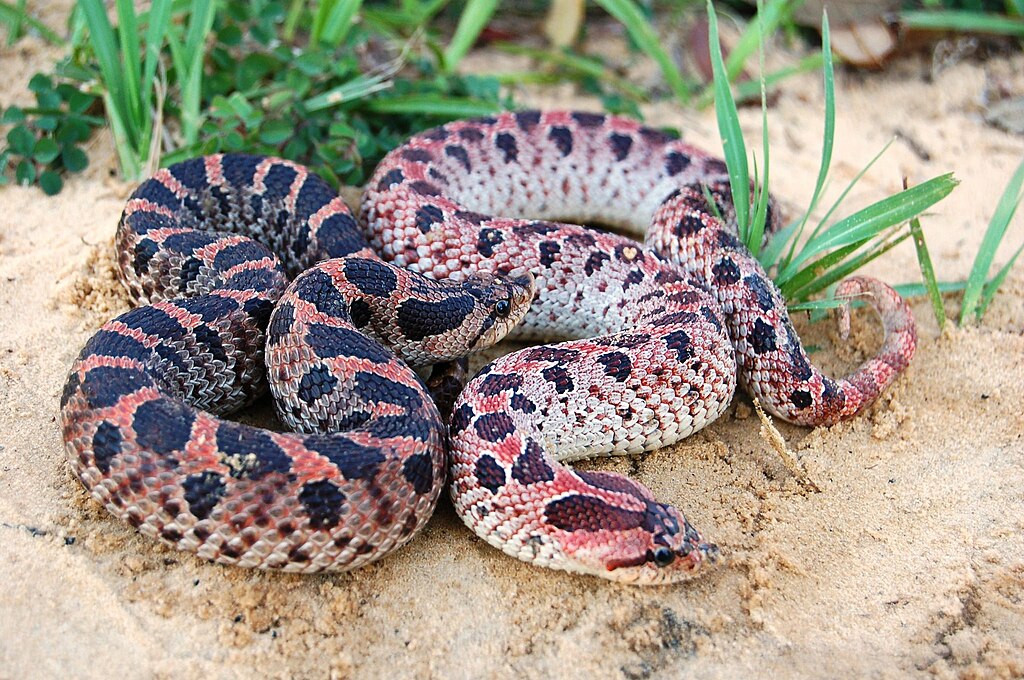
The dramatic death-feigning behavior of the hognose snake has inspired numerous cultural references and folklore tales across its native range. Indigenous North American tribes, including the Cherokee and Creek, incorporated the hognose’s remarkable performance into traditional stories, often portraying the snake as a trickster figure that taught lessons about appearances versus reality. Early European settlers in America called these snakes “spreading adders” or “puff adders,” mistakenly associating them with the dangerous African species due to their defensive posturing. In rural American folklore, the hognose became known as the “play-dead snake” or “possum snake,” with legends claiming that touching the snake’s tail with a certain type of twig would cause it to “resurrect.” Even in modern popular culture, the hognose’s theatrical performance has been featured in nature documentaries and children’s educational programs as a prime example of animal adaptation and survival strategy, cementing its place in both scientific understanding and cultural imagination.
Conservation Status and Threats

Despite their remarkable adaptive behaviors, hognose snake populations face significant challenges across their native ranges. Habitat destruction represents the primary threat, with agricultural expansion, urban development, and road construction fragmenting the sandy soil habitats these specialized diggers prefer. Eastern hognose snakes are currently listed as Species of Special Concern in several northeastern states, while the Southern hognose (Heterodon simus) is considered threatened throughout much of its range. Beyond habitat loss, these snakes face persecution from humans who misidentify them as venomous species due to their cobra-like defensive display. Climate change presents an emerging threat, potentially affecting the distribution of amphibian prey species that constitute the bulk of the hognose diet. Conservation efforts focus on habitat protection, public education to reduce deliberate killing, and in some regions, captive breeding programs to support population recovery—all critical measures to ensure the survival of these remarkable behavioral specialists.
Distinguishing from True Venomous Species
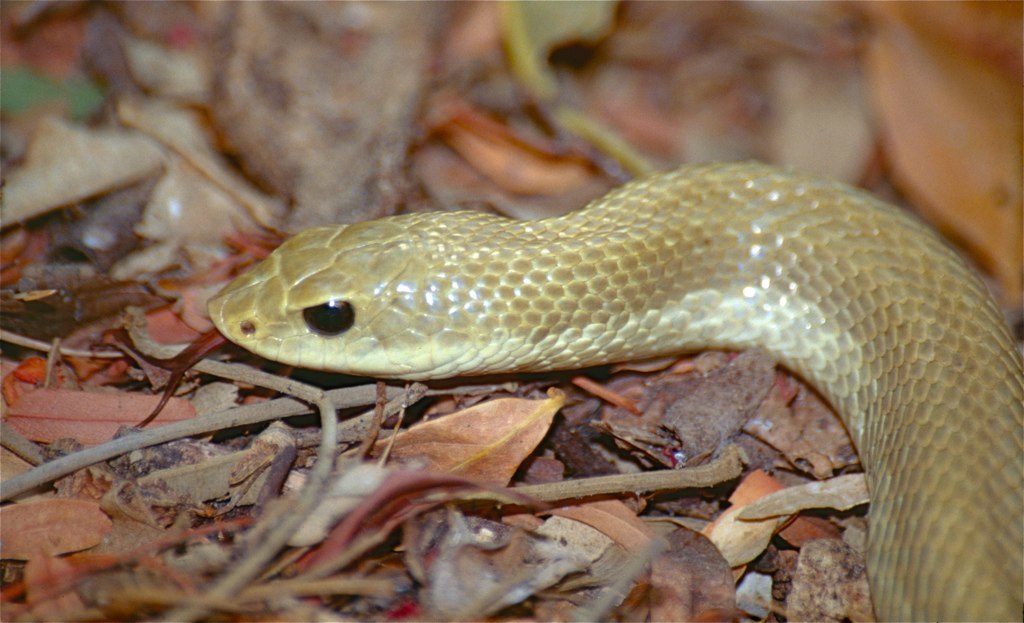
One conservation challenge facing hognose snakes is their frequent misidentification as dangerous venomous species, leading to unnecessary killing. Unlike most venomous North American snakes, hognose snakes have round pupils rather than elliptical ones, lack facial pits used by pit vipers for heat detection, and possess a distinctively upturned “hog” nose unlike any venomous species in their range. Their head shape, while capable of flattening during defensive displays, lacks the distinctly triangular shape characteristic of rattlesnakes, copperheads, and cottonmouths. The hognose’s scales are keeled (ridged) but arranged in a different pattern than those of venomous snakes native to North America. While hognose snakes do possess modified rear fangs and mild venom for subduing amphibian prey, their mouth structure makes it difficult to effectively deliver venom to humans, with the vast majority of documented bites resulting in only minor local symptoms like mild swelling or itching. These distinguishing characteristics are crucial educational points for conservation efforts aimed at protecting these harmless and ecologically important reptiles.
Caring for Hognose Snakes in Captivity

The unique behaviors and relatively manageable size of hognose snakes have made them increasingly popular in the reptile hobby, though their specialized care requirements demand knowledgeable and committed owners. In captivity, hognose snakes require terrariums with several inches of loose, sandy substrate that allows them to express their natural digging behaviors, along with temperature gradients ranging from 75°F on the cool side to 88°F in basking areas. Their specialized diet presents the greatest challenge for keepers, as many hognose species show a strong preference for amphibians, particularly toads, though captive-bred individuals can often be transitioned to rodent-based diets with patience and specialized feeding techniques. Death-feigning behavior frequently occurs in newly acquired specimens but typically diminishes as the snake becomes accustomed to handling and its captive environment. Responsible ownership includes obtaining snakes only from reputable breeders who produce captive-bred animals, as wild-caught specimens often struggle to adapt to captivity and contribute to pressure on wild populations already facing conservation challenges.
Encounter Guidelines: What to Do If You Find One

If you encounter a hognose snake in the wild, wildlife experts recommend giving the animal space and the opportunity to retreat rather than handling or disturbing it. Should you witness its defensive display or death-feigning behavior, consider yourself fortunate to observe one of nature’s most remarkable performances—record it from a respectful distance if possible, as such observations can contribute valuable data to citizen science projects monitoring these species. Never attempt to “test” whether a snake is truly dead by prodding or handling it, as this causes unnecessary stress to the animal and may result in a defensive bite from a genuinely venomous species misidentified as a hognose. If you find a hognose snake on a road, and can safely do so, consider carefully moving it to the side in the direction it was traveling, as vehicle strikes represent a significant source of mortality for these slow-moving reptiles. Remember that in many regions, hognose snakes are protected by wildlife regulations that prohibit collection or harassment, making observation and appreciation from a respectful distance the appropriate approach to encountering these fascinating reptiles.
Conclusion
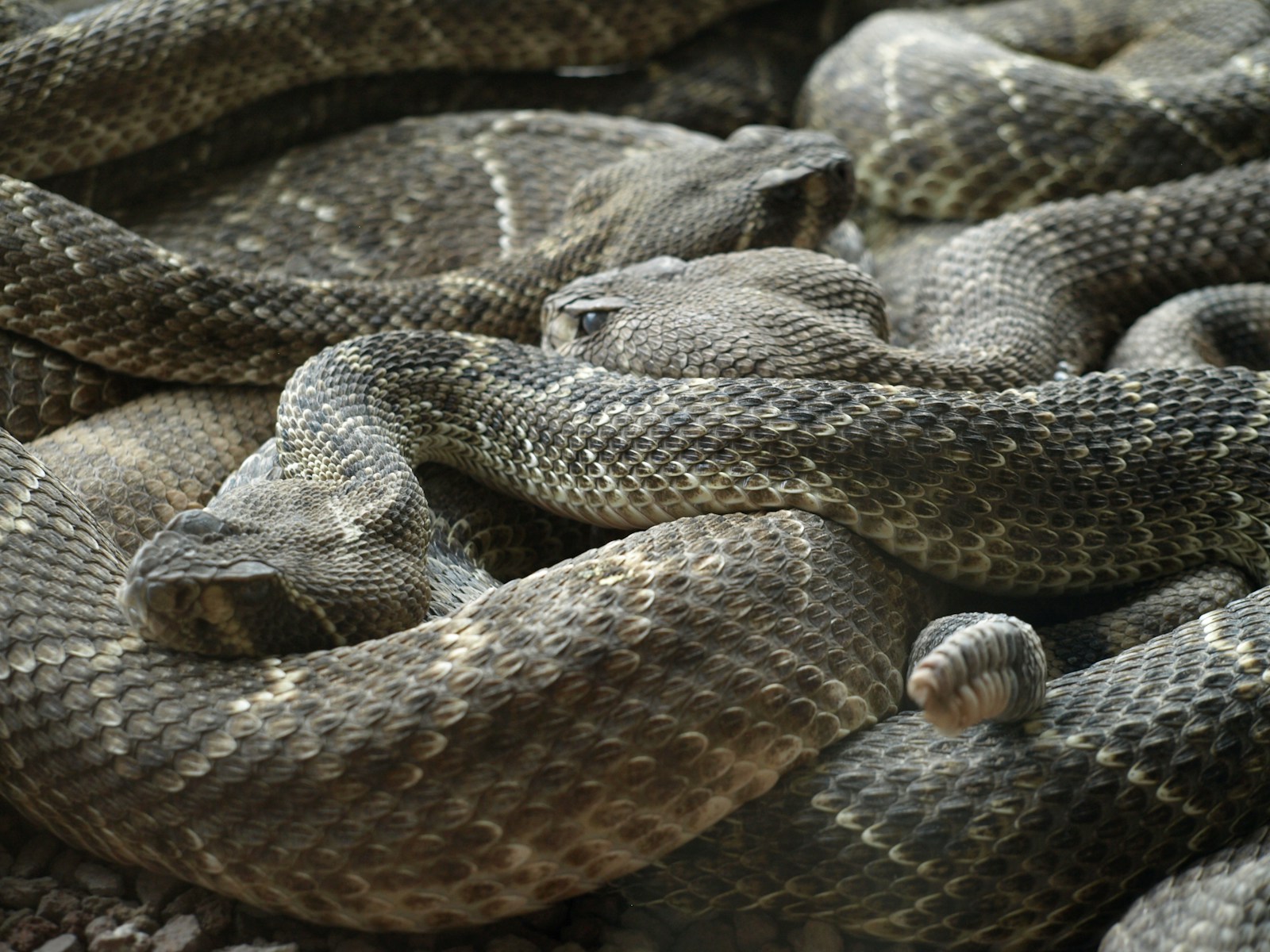
The hognose snake’s remarkable ability to feign death represents one of nature’s most dramatic examples of behavioral adaptation for survival. From its three-stage defensive strategy to the convincing physiological changes that accompany its performance, this reptile demonstrates the extraordinary lengths to which evolution can shape behavior. While the common belief that these snakes “play dead and then strike” contains elements of truth and misconception, the reality of their behavior is even more fascinating than the myth. As these unique reptiles face increasing threats from habitat loss and human misunderstanding, greater awareness of their ecological importance and harmless nature becomes essential. The hognose snake serves as a powerful reminder that in nature, appearances can be deceiving, and sometimes playing dead is the smartest way to stay alive.

